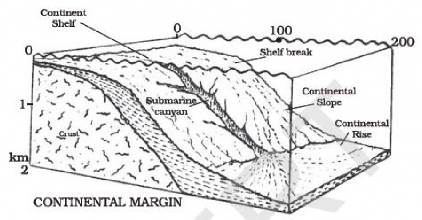Figure 1. Major relief features of the ocean floor.

1.2. Minor Relief Features of the Ocean Floor
Apart from the above mentioned major relief features of the ocean floor, following minor but significant features predominate in different parts of the oceans:
1. Mid-oceanic ridges: A mid-oceanic ridge is composed of chains of mountains separated by a large depression. Oceanic ridge is also known as an oceanic spreading center, which is responsible for seafloor spreading. The uplifted sea floor results from convection currents which rise in the mantle as magma at a linear weakness in the oceanic crust, and emerge as lava, creating new crust upon cooling. A mid-ocean ridge demarcates the boundary between two tectonic plates, and consequently is termed a divergent plate boundary.
The mountain ranges can have peaks as high as 2,500 m and some even reach above the
ocean’s surface. Iceland, a part of the mid-Atlantic Ridge, is an example.
2. Seamount: It is a mountain with pointed summits, rising from the seafloor that does not reach the surface of the ocean. Seamounts are volcanic in origin. These can be 3,000-4,500 m tall. The Emperor seamount, an extension of the Hawaiian Islands in the Pacific Ocean, is a good example.
3. Submarine canyons: These are deep valleys, found cutting across the continental shelves and slopes, extending from the mouths of large rivers. The Hudson Canyon is the best known submarine canyon in the world.
